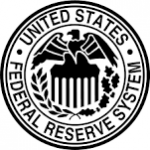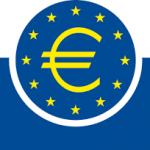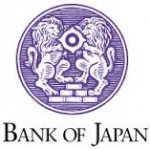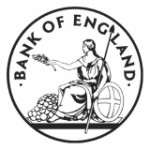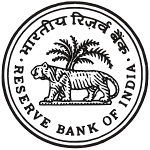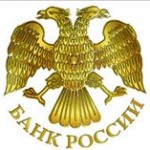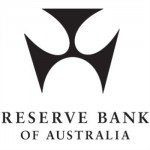1Fed
Federal Reserve System
United States
Central Bank of United States
Founded: 23rd December 1913
Chairman: Janet Yellen
Since 1980s, the Fed monetary policies has influenced global economic policies and financial market.
GDP 2014: 22.53% of World’s GDP
2ECB
European Central Bank
European Union
Central Bank of Europe
Founded: 1st June 1998
Governor: Mario Draghi
Established on 1st June 1998, 11 founding nations formed the European Central Bank. Germany, France, Italy and Spain contributed 53.31% to ECB’s capital. Bank of England (non-member) contributed 13.77%.
GDP 2014: 23.92% of World’s GDP
3PBOC
The People’s Bank of China
China
Central Bank of China
Founded: 1st December 1948
Governor: Zhuo Xiao Chuan
Since 2000, China had been progressively opening up their economy. In 2006, the Renminbi was floated in a narrow range. In 2015, the People’s Bank of China is the largest central bank with reserves at US$3.201 trillion.
GDP 2014: 13.42% of World’s GDP
4BOJ
Bank of Japan
Japan
Central Bank of Japan
Founded: 1882
Governor: Haruhiko Kuroda
Since the bubble in 1990s, Japan has had a near-zero interest rate environment. In 2012, Prime Minister Abe led Japan on a reflation policy to stimulate their economy.
GDP 2014: 5.96% of World’s GDP
5BOE
Bank of England
United Kingdom
Central Bank of United Kingdom
Founded: 27th July 1964
Governor: Mark Carney
Established in 1964, it is the world’s 2nd oldest central bank. As a former colonial master of many countries including Australia, India, Malaysia and Singapore, many countries had inherited monetary policies, civil structure and economic policies in their early development.
GDP 2014: 3.8% of World’s GDP
6RBI
Reserve Bank of India
India
Central Bank of India
Founded: 1st April 1935
Governor: Raghuram Rajan
As India grows into an economic powerhouse, the Reserve Bank of India has taken a more active role to manage interest rates and currency.
GDP 2014: 2.65% of World’s GDP
7CBR
Central Bank of Russia
Russia
Central Bank of Russia
Founded: 1860 (Historic) and 1990 (Modern)
Chairman: Elvira Nabiullina
Russia is a vast country, rich in resources. Europe and China depends enormously on Russia for raw resources.
GDP 2014: 2.4% of World’s GDP
8RBA
Reserve Bank of Australia
Australia
Central Bank of Australia
Founded: 14th January 1960
Governor: Glenn Stevens
Since 2000, Australia boomed as demand for commodities in emerging countries such as China and India grew. The Reserve Bank of Australia interest rates became popular as interest rates rose and currency appreciated. Many savers from Japan and Asia embarked on a carry-trade strategy.
GDP 2014: 1.86% of World’s GDP
98 Central Banks To Watch
Together, the 8 Central banks contributes to 76.54% of global GDP. Their monetary policies and interest rates greatly influence global economy and financial markets.
Related Articles











